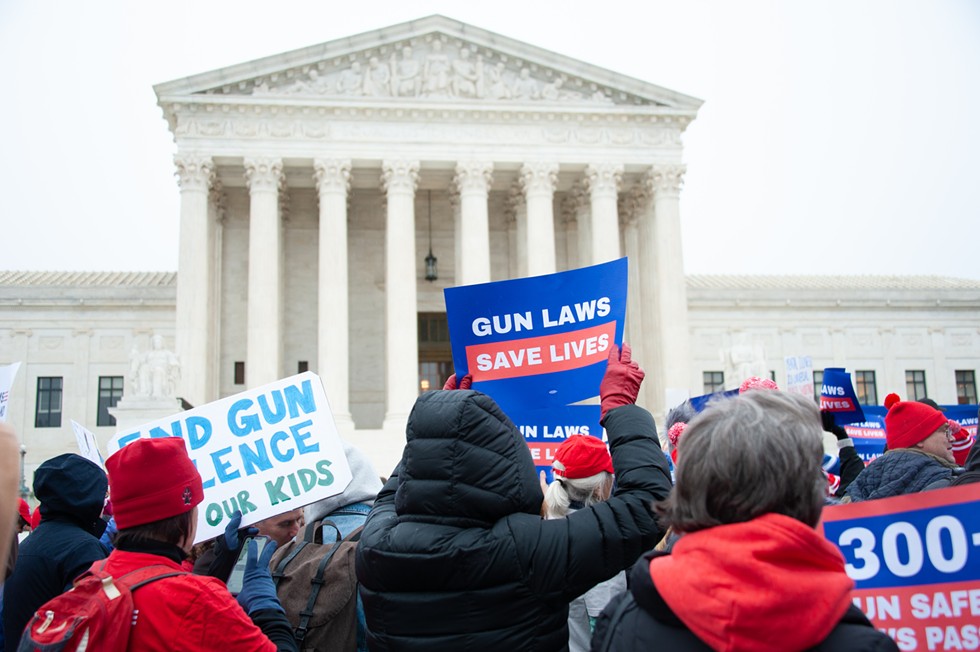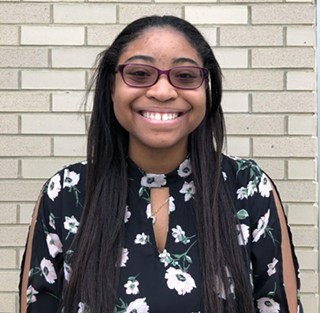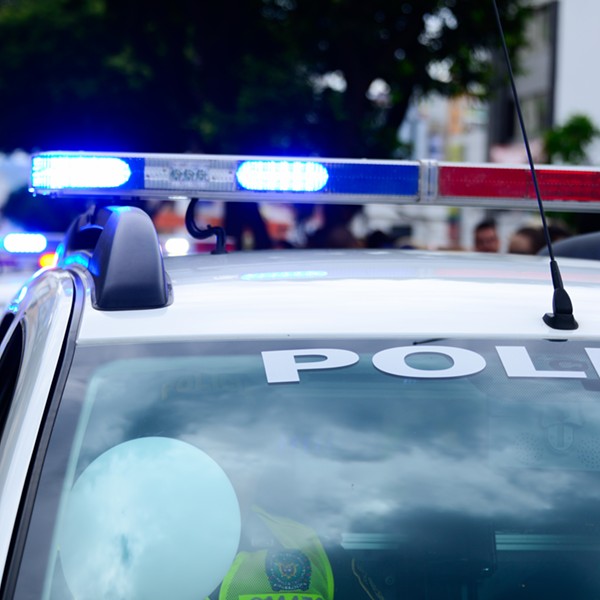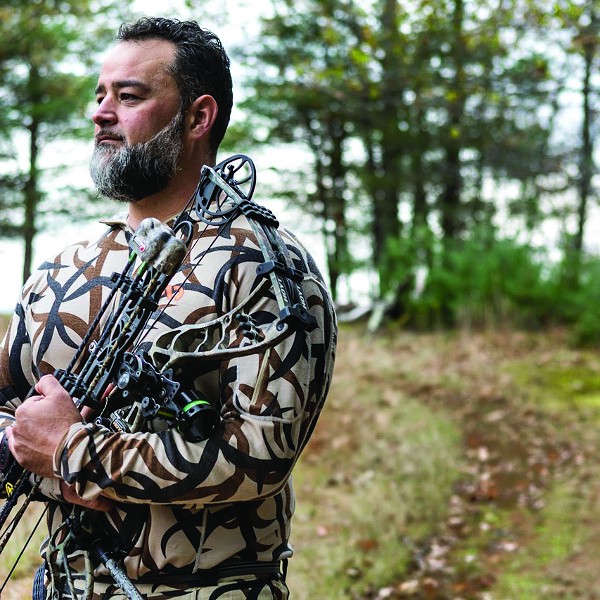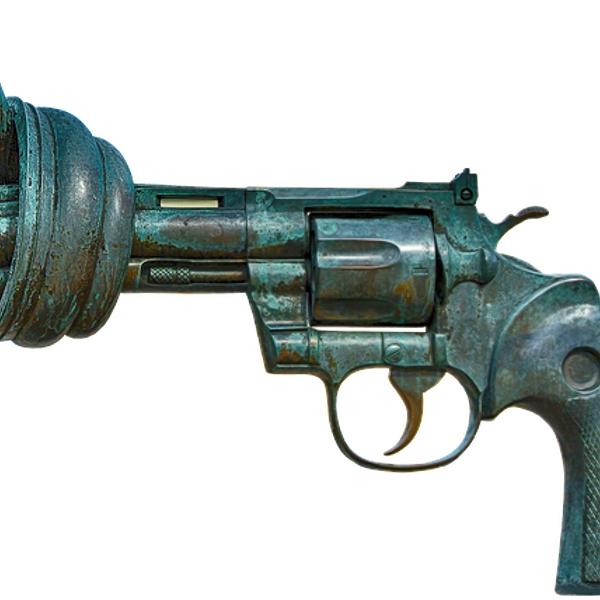When it comes to gun control, New York is a leader in the nation. Much of the state’s recent gun legislation was spurred by mass shootings across the country, including the 2012 Sandy Hook massacre and 2015 slaying of nine Black worshippers in Charleston, South Carolina. The bulk of these reforms are in the 2013 Secure Ammunition and Firearms (SAFE) Act and two 2019 laws that require mental health background checks for out-of-state buyers and provide police access to handgun owners’ application information.
The state’s National Rifle Association-backed gun lobby launched an unsuccessful battle against these reforms at the lower court level. But the Supreme Court’s new conservative majority might turn the tide of the New York gun rights movement’s losing streak.
This year, New York’s 108-year old law requiring “proper cause” to carry a gun in public is on the chopping block. A ruling against the state in New York State Rifle and Pistol Association, Inc. v. Bruen could reverberate across seven other states with similar laws—25 percent of the US population.
The River spoke with several Second Amendment and firearms-policy experts about the case’s landmark implications on the nation. Here’s what you need to know following oral arguments Wednesday.
What’s Being Challenged?
The New York law at issue requires gun owners to obtain a license to carry a concealed firearm in public, and it sets a high bar for approval based on a demonstrated “proper cause.” The law doesn’t define what that is. A New York appeals court, however, defined it as a special need for self protection different from the general public or in the course of one’s profession.
“That might mean, for example, you’ve been threatened, you have a stalker, or maybe you work in a particularly dangerous profession, where perhaps you’re carrying large amounts of money,” says Joseph Blocher, co-director of the Duke Center for Firearms Law.
The New York City Police Department, the license permitting agency in New York City, maintains a laundry list of requirements for gun licenses well beyond the state’s “proper cause” policy. Upstate New York residents must request firearms licenses from a County Court judge, through the court clerk, county clerk, or sheriff.
Rensselaer County resident Robert Nash, one of the two challengers in Bruen, had a pistol permit to carry a concealed gun only for hunting and target practice. He asked a state Supreme Court Justice in 2016 to remove the permit’s restrictions for personal protection reasons amid numerous breaks-in in his neighborhood. His request was denied on the basis that he didn’t meet the “special need” requirement for proper cause.
Nash challenged the “proper cause” requirement on grounds that it violates the Second and 14th Amendments. After an appeals court upheld a district court’s dismissal of his case, Nash joined the NYSRPA and Brandon Koch, another Rensselaer resident, in seeking relief from the Supreme Court.
How Could the Court Rule?
The justices could strike down New York’s “proper cause” law and force the state to rewrite its standards to be less restrictive. The court could also send the case back for New York’s lower federal courts to rewrite the policy and review how license-granting entities have been applying the state’s requirements. Another outcome could mandate New York to switch from a “may issue” system to a “shall issue” system. An extreme ruling would determine the state’s law—and any restrictions on the right to bear arms in public—to be unconstitutional. This outcome is less likely, most legal experts say.
“I would be surprised if the court did that, because it would call into question things like restrictions on guns in schools, airports, and government buildings,” Blocher says. “That would be contrary to not just historical tradition, but to common sense.”
Another ruling could include the justices rewriting federal courts’ methodology for deciding Second Amendment cases. The current process is a two-step approach: the courts determine whether the Second Amendment is at issue, and if so, they evaluate if the contested regulation serves a compelling government interest, which could include curbing crime.
Five of the country’s highest appeals courts—the First, Second, Third, Fourth, and recently the Ninth circuits—have upheld “proper cause” requirements for public concealed carry. Nash and Koch’s argument points to the DC Circuit’s ruling that forced Washington, DC, to scrap its “proper cause” requirement and strict concealed carry permitting restrictions.
The justices could also uphold New York’s law, based both on modern-day concerns over gun violence or historical gun-regulation policies. “There’s a long tradition of requiring some heightened need before somebody can carry a concealed handgun in public,” says Eric Ruben, a professor at Southern Methodist University’s Dedman School of Law. “Texas had an 1871 law that did this for over a century, and New York’s law dates back to 1910.” Yet both New York and the challengers say history is on their side. Conservatives are split on how to interpret history for review of modern gun policies.
Following Wednesday’s oral arguments in the case, the court seemed poised to rule in favor of the Rensselaer County petitioners. The justices questioned the constitutionality of the breadth of discretion in the state’s firearm licensing regime and the different self-defense concerns in rural versus urban parts of the state.
“The idea that you would need a license to exercise a right is unusual with regard to the Bill of Rights,” Chief Justice John Roberts remarked.
The court’s conservative wing did signal interest in a narrow ruling, in which the state could restrict concealed carry in “sensitive areas” such as subways and college campuses. Certain firearms were considered for exclusion from concealed carry, along with restrictions on who could obtain the license. This could include those with a mental illness or who’ve been convicted of a felony.
How Did New York Become the Latest Gun Rights Battleground?
For much of its history, the Supreme Court has distanced itself from Second Amendment deliberation. The legal consensus on the court had long been that the right to bear arms only pertained to colonial-era, “well regulated” militias as explicitly spelled out in the Second Amendment. But in District of Columbia v. Heller in 2008, the court ruled for the first time that the Second Amendment protects the right to bear arms for self defense in the home.
Left unaddressed by Heller was whether a person has a right to carry a firearm on the streets. For over a decade, the court showed no interest in resolving that question, even as lower federal courts remained split on the issue. That’s despite a common practice on the high court of taking up cases to clarify such matters. In fact, for years the Supreme Court refused to intervene in any precedent-setting Second Amendment cases after Heller, even as more than a thousand proliferated in lower courts.
Legal experts and court watchers speculate that SCOTUS’s recent rightward shift has led to its decision to break its silence on the Second Amendment. That shift began with Justice Brett Kavanaugh’s confirmation in 2018; months later, the justices agreed to hear a challenge to New York City’s unique prohibition on the transport of licensed handguns to locations outside the boroughs, such as shooting ranges or second homes. City officials rushed to nix the law after that decision, reportedly to block the case’s potential landmark implications on national gun control policy.
A 6-3 court majority ruled the case moot. But the court’s most conservative justices (Clarence Thomas, Neil Gorsuch, Samuel Alito, and Kavanaugh) signaled their discontent with how lower courts were handling Second Amendment cases. “I share Justice Alito’s concern that some federal and state courts may not be properly applying” the Heller ruling, Kavanaugh wrote in his opinion. “The Court should address that issue soon.”
Soon would be another two years. Court watchers and legal experts debate the inside-baseball dynamics of how the justices decide which cases to hear—a decision requiring four justices. Chief Justice Roberts may not have been a dependable fifth conservative vote, but Justice Amy Coney Barrett, a Trump appointee, may have changed the game: the court took up Bruen months after her 2020 ascent after Justice Ruth Bader Ginsburg’s passing.
Before they were confirmed as Supreme Court justices, Barrett and Kavanaugh both ruled in favor of gun regulation challenges at the lower federal court level, based on their interpretations of “history and traditions” regarding gun policy.
How Could New York State and City Respond?
Former Governor Andrew Cuomo vowed to challenge a Bruen ruling against New York, which is not likely to come until the spring.
“The NRA’s goal here is to shift the onus onto regular New Yorkers, police officers, security guards and first responders to determine whether an armed individual poses a threat or is simply carrying for self-defense,” Cuomo said in a statement in April. “The streets of New York are not the O.K. Corral, and the NRA’s dream of a society where everyone is terrified of each other and armed to the teeth is abhorrent to our values.”
It’s unclear if Governor Kathy Hochul would also challenge such a ruling. The Governor’s Office didn’t respond to multiple requests for comment.
New York’s law enforcement officials are split on their views about the case. New York City Police Commissioner Dermot Shea shared with The Trace that “adding more guns to our streets is not the answer to reducing violence.” Meanwhile, Delaware County Sheriff Craig DuMond says “a person who is approved for a regular pistol permit should be allowed to carry a concealed handgun outside the home,” according to The Daily Star.
What Could Be the Case’s Real World Impact?
A Bruen decision against New York could empower gun owners previously deterred by a stringent concealed carry permitting system.
“Right now, it is likely that some people who know they cannot satisfy the proper cause requirement for a permit are not applying,” Ruben says. “Separately, if public carry becomes more normalized in New York and other places, some people might decide in the future that they want to start carrying a concealed handgun, increasing the number of people carrying handguns in public.”
It’s unclear if that ruling would impact firearm possession rates in New York and any other affected states, since ownership policies aren’t at issue. But the 2020 gun-sale boom may provide some insight into Americans’ increased desire for self-protection. Background checks for gun purchases surged in the months of social unrest after George Floyd’s killing, during the political tumult in November; and following the January 6 storming of the Capitol. Gun sales were up 13 percent over the first seven months of 2021 compared to the same period last year.
African Americans are buying guns at higher rates than other demographic groups, with self-defense against neighborhood crime and racist violence in mind. One joint “friend of the court” brief from women-, LGBTQ-, and Jewish-led organizations for the Bruen case highlights the heightened threat of violence social minorities face outside the home.
Another brief from a group of social science and public health experts provides evidence of greater public safety and public health risks from the prevalence of less-stringent gun carry policies: “The best empirical evidence available indicates that the restrictions that New York imposes on gun carrying promote the State’s interest of reducing violent crime and promoting the health and safety of its citizens.”







